
 Edvard Munch (1863-1944)
Edvard Munch (1863-1944)  Contents
Contents  Delphi Classics 2017 Version 1
Delphi Classics 2017 Version 1  Masters of Art Series Edvard Munch
Masters of Art Series Edvard Munch  By Delphi Classics, 2017
By Delphi Classics, 2017
COPYRIGHT
Masters of Art - Edvard Munch (US) First published in the United Kingdom in 2017 by Delphi Classics. Delphi Classics, 2017. All rights reserved. No part of this publication may be reproduced, stored in a retrieval system, or transmitted, in any form or by any means, without the prior permission in writing of the publisher, nor be otherwise circulated in any form other than that in which it is published. ISBN: 9781786565112 Delphi Classics is an imprint of Delphi Publishing Ltd Hastings, East Sussex United Kingdom Contact: sales@delphiclassics.com www.delphiclassics.com Explore Modern Art with Delphi Classics

For the first time in digital publishing history, Delphi Classics is proud to present the complete works of these artists in eReading collections. 1899 THE HIGHLIGHTS

In this section, a sample of Munchs most acclaimed works is provided, with concise introductions, special detail reproductions and additional biographical images.
FROM MARIDALEN

Edvard Munch was born in a farmhouse in the village of dalsbruk in Lten, then part of the United Kingdoms of Sweden and Norway, to Laura Catherine Bjlstad and Christian Munch, the son of a priest.
FROM MARIDALEN

Edvard Munch was born in a farmhouse in the village of dalsbruk in Lten, then part of the United Kingdoms of Sweden and Norway, to Laura Catherine Bjlstad and Christian Munch, the son of a priest.
Christian was a doctor and medical officer who married Laura, a woman half his age, in 1861. The family moved to Christiania (now Oslo) in 1864 when Christian Munch was appointed medical officer at Akershus Fortress. Early tragic events would have a lasting influence on the mental well-being and subsequent art of Edvard Munch. His mother died of tuberculosis in 1868, as did his favourite sister Johanne Sophie in 1877. After his mothers death, the Munch children were raised by their father and their aunt Karen. Often ill for much of the winters and kept out of school, Edvard would draw to keep himself occupied.
He was tutored by his school friends and his aunt. Christian Munch also instructed his son in history and literature, and entertained the children with vivid ghost-stories and the tales of the American writer Edgar Allan Poe. As Edvard remembered his childhood, Christians positive behaviour toward his children was overshadowed by his morbid religious attitude. Munch later reminisced, My father was temperamentally nervous and obsessively religious to the point of psychoneurosis. From him I inherited the seeds of madness. The angels of fear, sorrow, and death stood by my side since the day I was born.
His father reprimanded the children by telling them that their mother was looking down from heaven and grieving over their misbehaviour. The oppressive religious environment, exacerbated by Edvards poor health and the narrating of vivid ghost stories, likely served as stimulation for some of his famous macabre visions; the boy felt that death was constantly advancing on him. One of Munchs younger sisters, Laura, was diagnosed with mental illness at an early age. Of the five siblings, only Andreas married, but he died a few months after the wedding. Munch later wrote, I inherited two of mankinds most frightful enemies the heritage of consumption and insanity. Christian Munchs military pay was very low and his attempts to develop a private side practice ultimately failed, keeping his family in genteel poverty.
They moved frequently from one inexpensive apartment to another. Munchs early drawings and watercolours represent these impoverished interiors and the mean objects that haunted them, with such examples as medicine bottles and drawing implements. By his teenage years, art dominated Munchs interest. At the age of thirteen, he was entranced by the work of other artists at the newly formed Art Association, where he admired examples from the Norwegian landscape school. He returned to copy the paintings and soon began to experiment in oils. By 1879 he had enrolled in a technical college to study engineering, where he excelled in physics, chemistry and mathematics.
He learned scaled and perspective drawing, though frequent illnesses were to interrupt his studies. The following year, much to his fathers displeasure, Munch left the college determined to become an artist. His father viewed art as an unholy trade and his neighbours reacted bitterly, sending him anonymous letters. In contrast to his fathers austere piety, Munch adopted an undogmatic stance toward art. He wrote his goal in his diary: In my art I attempt to explain life and its meaning to myself. In 1881, Munch enrolled at the Royal School of Art and Design of Kristiania.
His teachers were sculptor Julius Middelthun and the naturalistic painter Christian Krohg. That year, Munch demonstrated his quick learning of figure training at the Academy in his first portraits, including one of his father and his first self portrait. Another tutor at the Academy was Frits Thaulow, who was a keen admirer of plein air painting in the spirit of the Barbizon school in France. Thaulow particularly prized the landscapes of Jean-Baptiste-Camille Corot (1796-1875), a French painter whose vast output simultaneously references the Neo-Classical tradition and anticipates the innovations of Impressionism. In Munchs early canvas From Maridalen (1881) we can see the early influence of Corots landscapes in the use of pale blue, grey and silver tones, modulated and echoed by details in the road and accompanying wall. In Corots landscapes of Avignon he similarly bonds the composition by fusing colour tones of the various features of the composition.
Several key traits in From Maridalen would dominate Munchs canvases in later years. Notably, we can see the taut and distant figures, completely separate from each other. The male figure to the right, adopting a brooding attitude, will reappear often in later works, including the famous series Melancholy. Munch was also interested in strong dynamics, as demonstrated by the abnormally long shadow of the tree stretching across the road. Also, the slanting diagonal of the railing cuts down at a severe angle, suggesting an awkward feeling, while the roofs of both buildings project out into the sky straight on, with no three-dimensionality. 
Next page
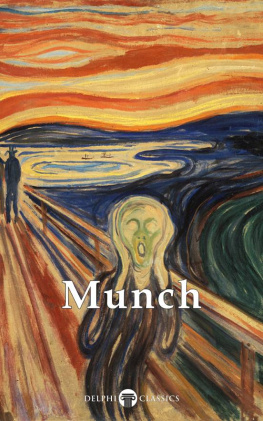
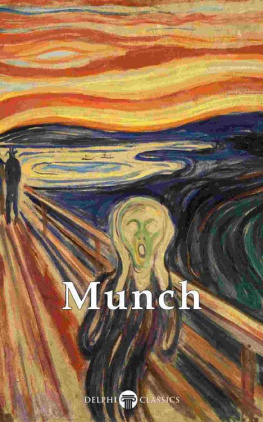

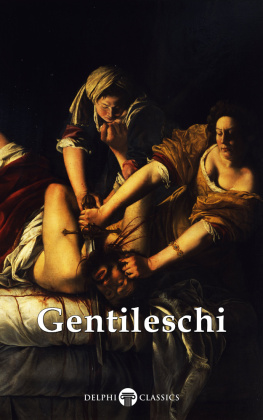
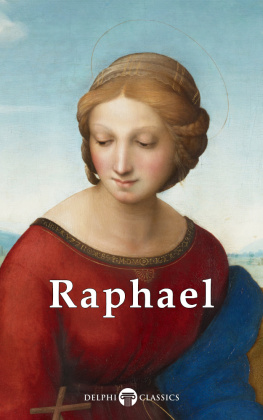

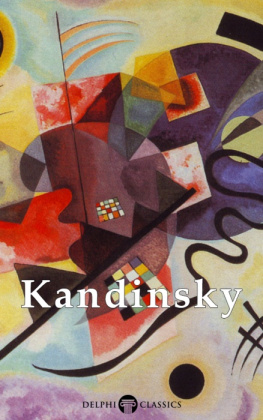
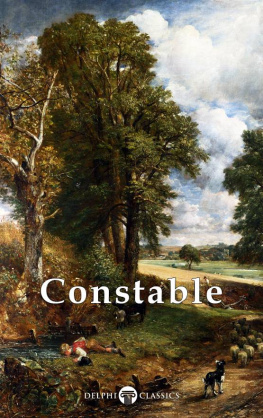
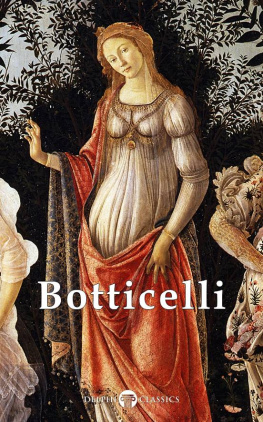

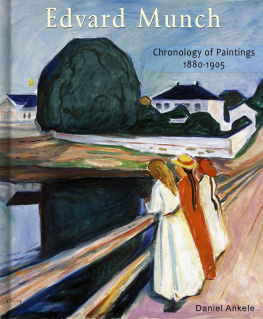
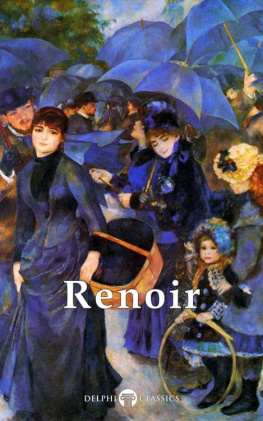
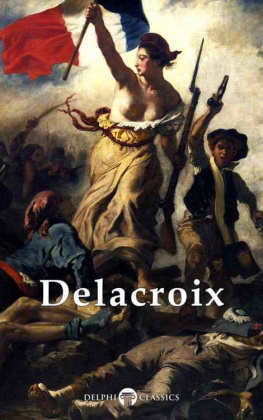

 Edvard Munch (1863-1944)
Edvard Munch (1863-1944)  Contents
Contents  Delphi Classics 2017 Version 1
Delphi Classics 2017 Version 1  Masters of Art Series Edvard Munch
Masters of Art Series Edvard Munch  By Delphi Classics, 2017
By Delphi Classics, 2017 For the first time in digital publishing history, Delphi Classics is proud to present the complete works of these artists in eReading collections. 1899 THE HIGHLIGHTS
For the first time in digital publishing history, Delphi Classics is proud to present the complete works of these artists in eReading collections. 1899 THE HIGHLIGHTS  In this section, a sample of Munchs most acclaimed works is provided, with concise introductions, special detail reproductions and additional biographical images.
In this section, a sample of Munchs most acclaimed works is provided, with concise introductions, special detail reproductions and additional biographical images.  Edvard Munch was born in a farmhouse in the village of dalsbruk in Lten, then part of the United Kingdoms of Sweden and Norway, to Laura Catherine Bjlstad and Christian Munch, the son of a priest.
Edvard Munch was born in a farmhouse in the village of dalsbruk in Lten, then part of the United Kingdoms of Sweden and Norway, to Laura Catherine Bjlstad and Christian Munch, the son of a priest. 